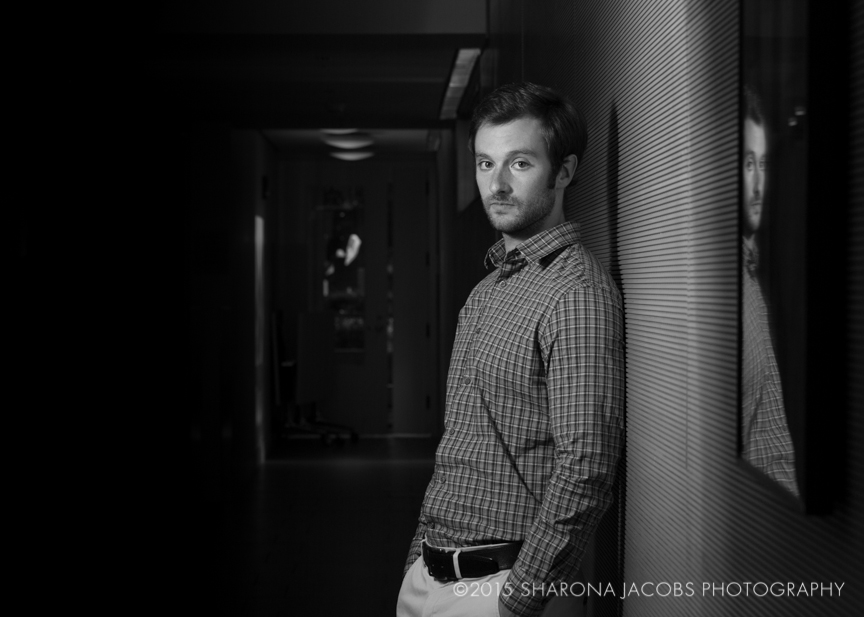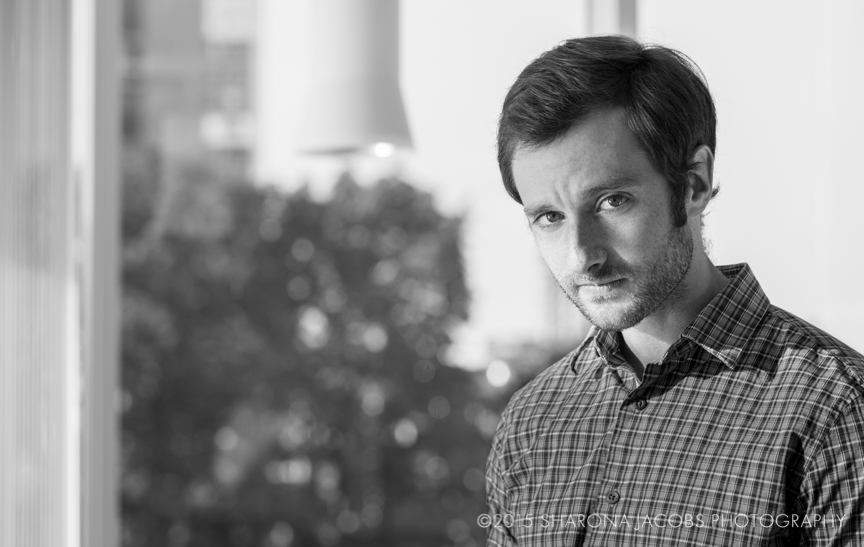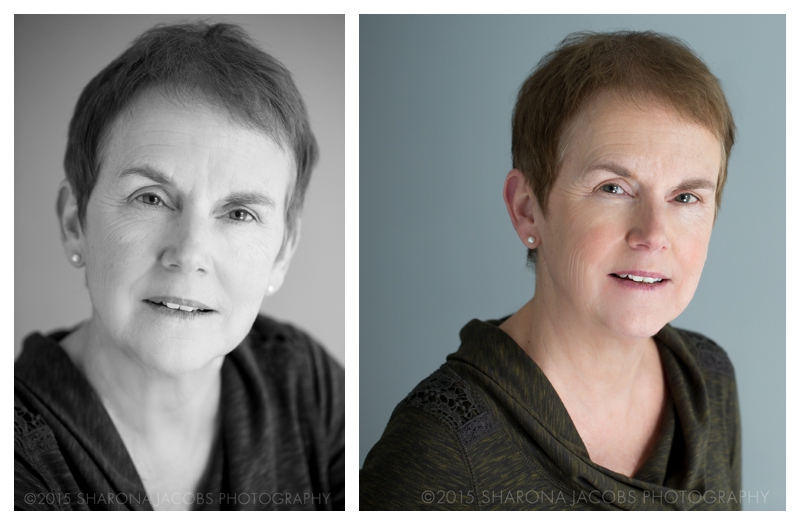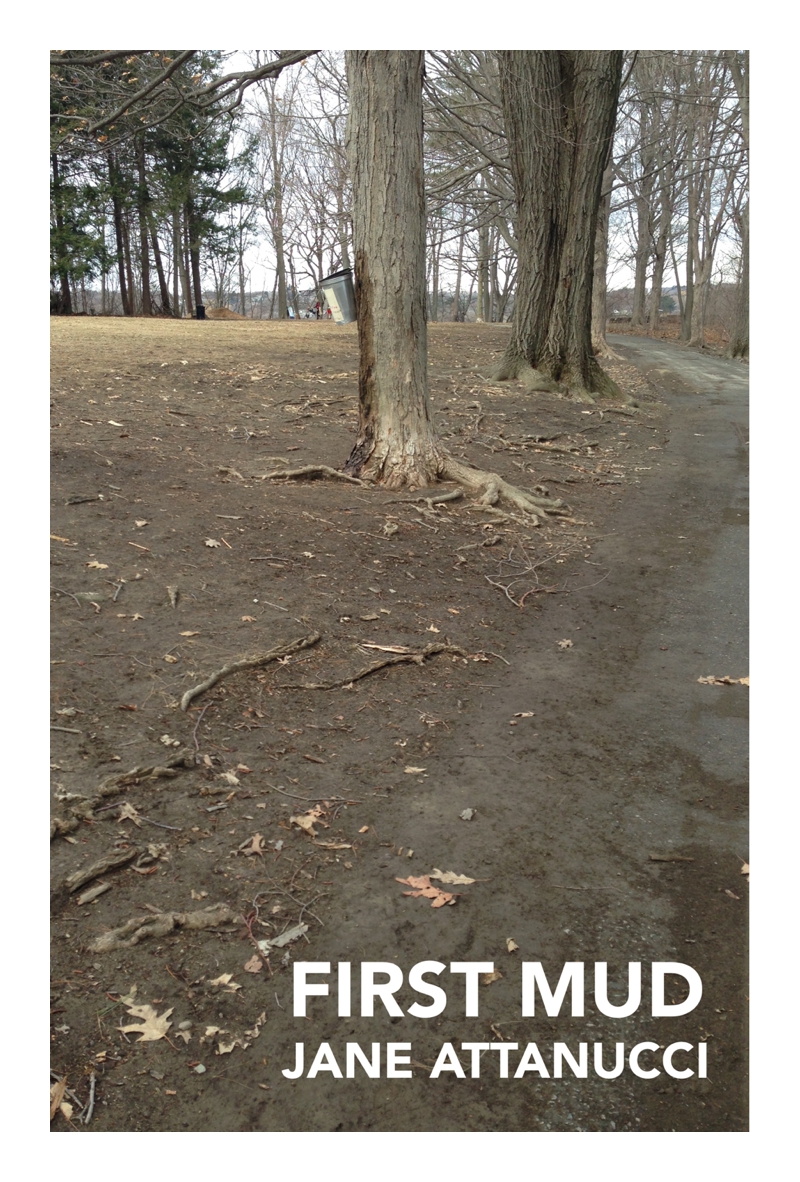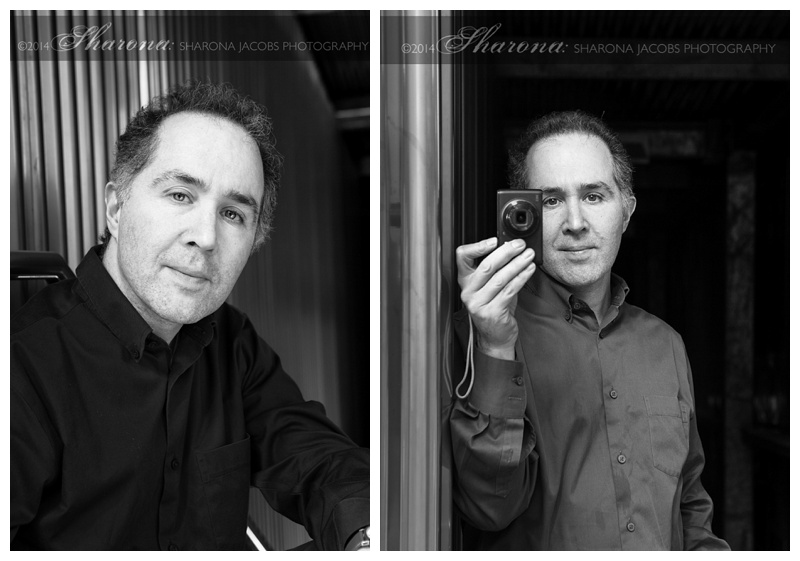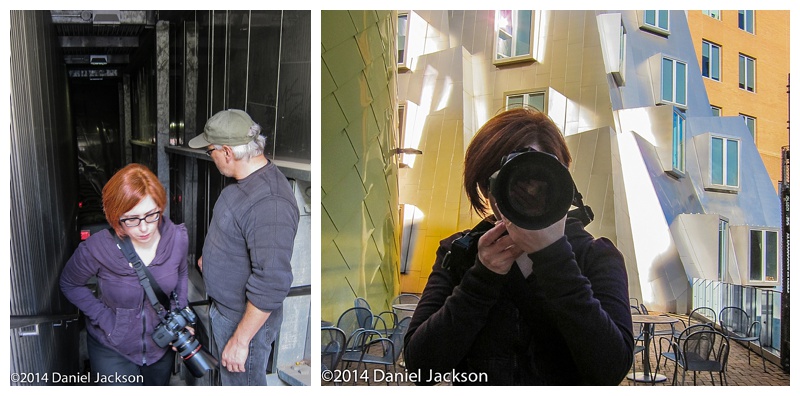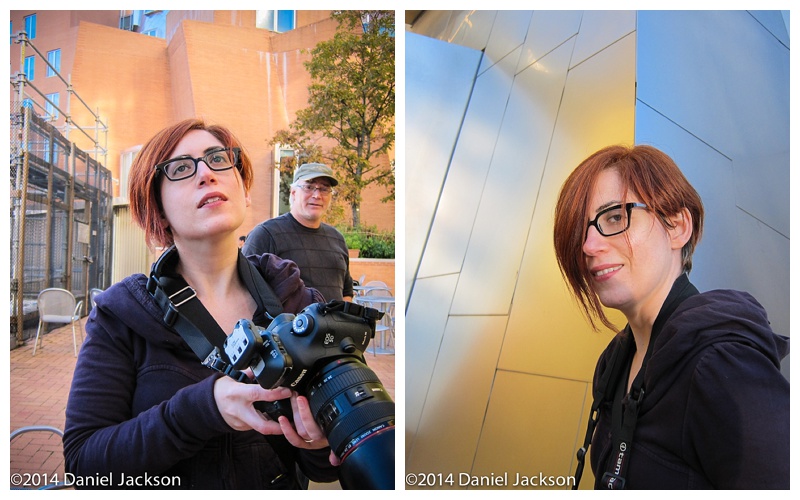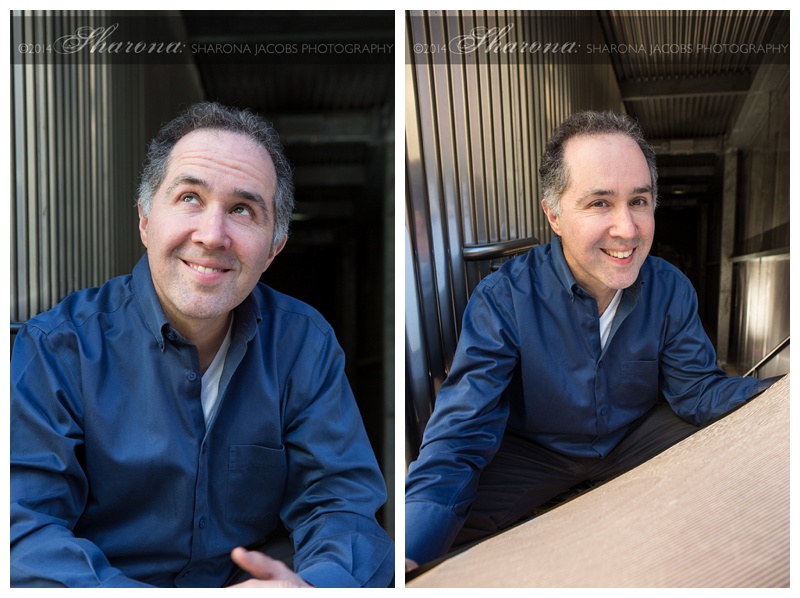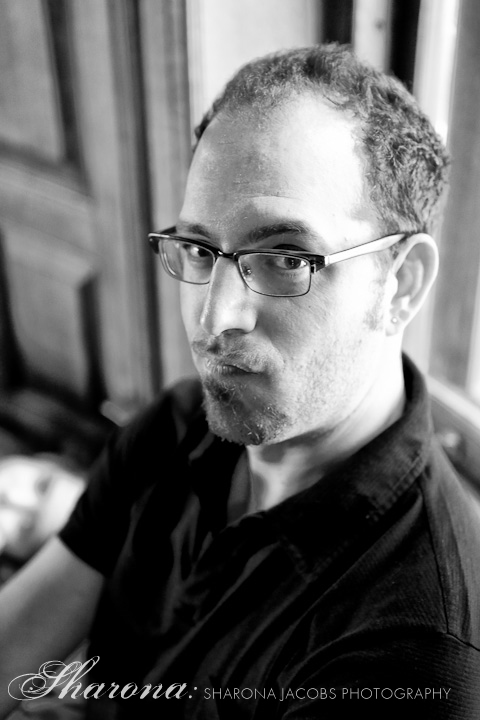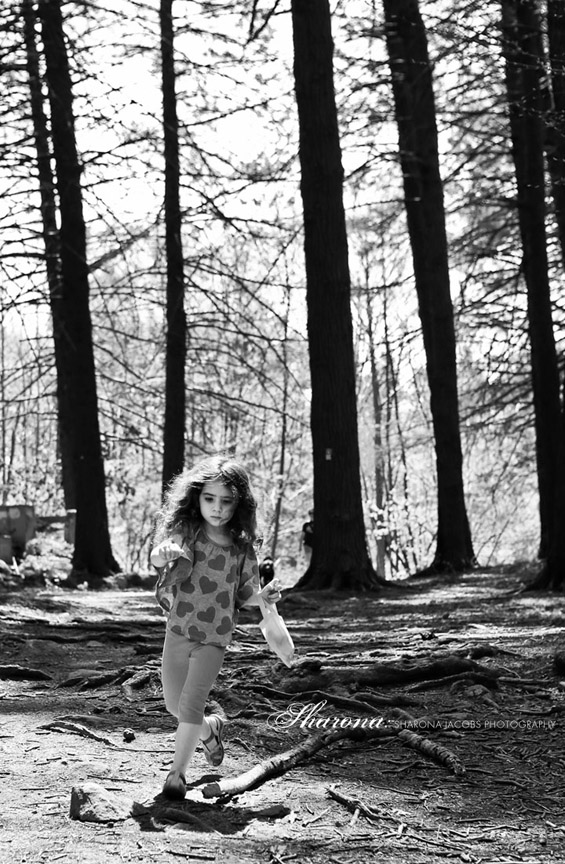From the first e-mail I received from Sarah G. Ross, PhD, I knew I was fortunate enough to meet a kindred spirit. Sarah's delightful and wicked sense of humor, quirkiness, and warm humanity made her a joy to photograph, as well as an honor due to her impressive background as an academic and author in early European history at Boston College,
History professor, Sarah G. Ross, PhD. Boston College's Stokes Hall, Chestnut Hill, MA.
Given her background, Sarah was looking for an academic/author portrait that placed her in the Gothic architecture at Boston College; the more Gothic, the better, said Sarah. She also requested dramatic light, which I was happy to deliver. Much of her work follows the everyday life of past European artisans, and it was only fitting that the imagery, in a nod to her subjects, would be infused with art and beauty.
History professor, Sarah G. Ross, PhD. Boston College's Bapst Library, Chestnut Hill, MA.
With my assistant, Tim, we kept an eye out for archways, textured stone, and stained glass to frame Sarah's portraits, and Boston College's campus did not disappoint. Our only sadness was that unlike Oxford University, the inspiration for BC's architecture, there was a sad lack of gargoyles on campus. We joked that should we do another shoot, we would have to install stealth gargoyles somewhere - perhaps the BC version of a MIT-like "hack."
Who said that professors were formal? Sarah made my assistant, Tim, and I crack up during lighting tests.
History professor, Sarah G. Ross, PhD. Boston College's Bapst Library, Chestnut Hill, MA.
My assistant, Tim, helping out Mother Nature with the lighting.
Despite our sad lack of gargoyles on campus, we found a surplus of beautiful locations to shoot, and as the sun and rain came and went, got some gorgeous moments, with some help, as needed, by strobes and our voice-activated light stand, Tim (who is a retired historian himself).
Sarah now has a collection of images to chose from to use for her professional needs, whether it be a speaker bio, author photo for an upcoming book, or for online professional use on her academic blog. All in all, this shoot was delightful from start to end, and I look forward to following Sarah's work in the future!


